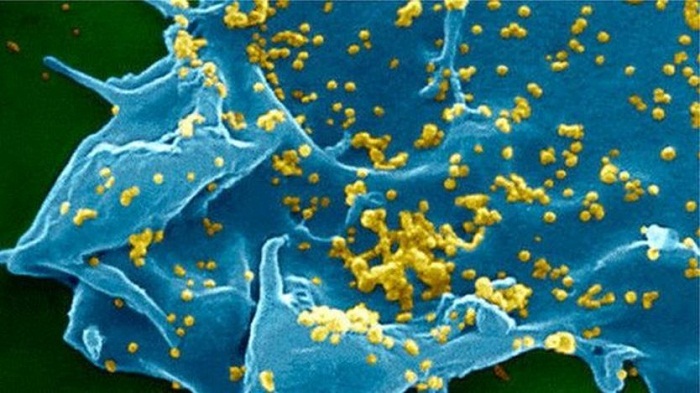The vaccine was able to protect camels - the animal reservoir for the virus - from developing Mers virus symptoms.
Experts hope the vaccine might stop the virus spreading in camels and may also protect humans at risk from infection.
Mers-coronavirus infection of humans was first described in Saudi Arabia in 2012. Since then there have been more than 1,600 reported cases.
More than a third of reported infections have resulted in death.
Individuals with other illnesses - such as diabetes, long term lung disease or kidney failure - are particularly prone to developing life-threatening symptoms.
Virus spread is limited to people who have close contact with those who are infected, such as family members and healthcare workers.
Mers: The new virus explained
Infections have been reported in 26 countries around the world with the outbreak epi-centre located in the Arabian Peninsula.
There are no treatments for Mers but scientists are trying to develop an effective vaccine.
One such scientist is Prof Bart Haagmans, who is based at the Erasmus Medical Centre in the Netherlands. He has been busy developing and testing vaccines in camels.
Solving a lumpy problem
Dromedary camels, which are bred and raised for their milk and meat and for racing, are thought to be the initial source of human outbreaks.
The virus is particularly prevalent in juvenile camels, where infection results in mild symptoms that are similar to a common cold. The virus is thought to pass to humans when they have contact with an infected camel`s body fluids.
Circulation of Mers in camels poses a serious risk to human health and many scientists are worried that the virus might mutate to become better adapted to human spread.
That`s why scientists are trying to develop vaccines - to stop the virus infecting humans and also to reduce the amount of virus circulating in camels.
Vaccines train our immune response to recognise a virus and to wipe it out before it can infect us or before it can do any harm.
Relying on old friends
There are two arms to this protection - antibodies and killer cells.
Antibodies are proteins found in human blood and in body fluids like mucus and saliva and these attach to the virus and stop it infecting.

Killer cells, as the name suggests, track down virus infected cells and kill the cell before new virus is released.
Some vaccines raise antibodies, some produce killer cells and some raise both. Prof Haagmans believed that the best way to control Mers was to develop a vaccine that produced both.
So he and a team of scientists drawn from the Netherlands, Spain and Germany, genetically engineered a pox virus called Modified Vaccinia Ankara -MVA - to display Mers virus spike protein on its surface.
MVA was used to eradicate smallpox and is currently being used to develop vaccines to a variety of viruses like influenza, Ebola and hepatitis C. Importantly it can produce antibodies and killer cells.
The Mers spike protein is thought to be a major target for the immune response. The team hoped that by cloaking MVA with this spike they would train the immune system to recognise and kill Mers.
First step
The team took the engineered MVA, sprayed it up the noses of camels and injected it into their muscle, and then four weeks later they repeated the vaccination again.
When the team exposed the vaccinated animals to the Mers virus the camels developed very mild symptoms. Crucially they didn`t develop a runny nose and the amount of virus they produced was very low.
Camels that hadn`t received the vaccine produced very large amounts of virus and suffered a very runny nose.
So, even though the vaccine didn`t prevent infection it did reduce the amount of virus that the vaccinated camels produced.
Commenting on the research, Dr Matthew Frieman, Associate Professor at the University of Maryland at Baltimore, told BBC News: "This is the first step toward developing a viable vaccine against MERS-CoV in camels which could reduce the reservoir for MERS-CoV in the Middle East thereby reducing the likelihood of the spread of the virus to humans."
















































